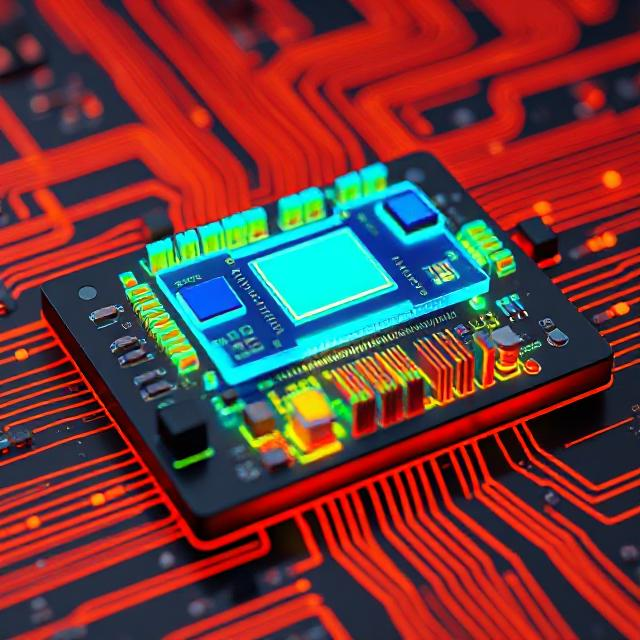Cost estimation and budgeting are essential parts of planning and executing any electronics project, whether it’s a simple hobby circuit or a large-scale commercial product. These steps help ensure that your project stays within financial limits, avoids unexpected expenses, and remains economically feasible from idea to final production.

Why Cost Estimation is Important
Before you begin building an electronics project, you need to estimate how much it will cost. This allows you to:
-
Plan resources wisely
-
Avoid overspending
-
Choose cost-effective components
-
Decide on design changes early
-
Determine the final selling price (for commercial products)
Accurate budgeting can make the difference between a successful project and one that fails due to financial issues.
Main Cost Categories in Electronics Projects
To estimate the total cost, break down the project into different categories:
1. Component Costs
-
These are the electronic parts you need for your circuit (resistors, capacitors, ICs, sensors, etc.).
-
Prices vary by brand, quantity, quality, and supplier.
-
Surface Mount components (SMT) may differ in cost from Through-Hole components.
2. PCB Fabrication and Assembly
-
Cost of designing, printing, and assembling printed circuit boards (PCBs).
-
Depends on the number of layers, board size, quality, and whether it’s manually or automatically assembled.
3. Prototyping Costs
-
Includes one-time expenses to build and test the first version of the product.
-
Often higher than mass production costs.
4. Enclosure and Packaging
-
Cost to design and produce the casing or housing for the device.
-
Materials (plastic, metal) and design complexity affect the cost.
5. Labor Costs
-
Time and money spent on development, testing, debugging, and assembling.
-
May include engineers, technicians, designers, or external consultants.
6. Tooling and Equipment
-
If special tools or machines are needed (like molds, testers, or jigs), they add to the initial cost.
-
Usually one-time costs spread over multiple units in production.
7. Testing and Quality Control
-
Includes equipment, time, and labor needed to check for defects and ensure product reliability.
8. Firmware and Software Development
-
Time and cost to write, test, and update the firmware/software.
-
May involve licensing third-party libraries or tools.
9. Regulatory Certifications
-
For commercial products, you may need to pay for safety and compliance certifications (like CE, FCC, RoHS).
10. Marketing and Distribution
-
If you’re planning to sell the product, include packaging design, shipping, and advertising.
Conclusion
Cost estimation and budgeting help keep electronics projects on track and within reach. By carefully analyzing each part of the process — from choosing components to assembling and testing — you can avoid waste, reduce delays, and deliver a successful product. Whether you are a student, hobbyist, or startup founder, learning to manage project costs is a valuable skill that pays off in the long run.











